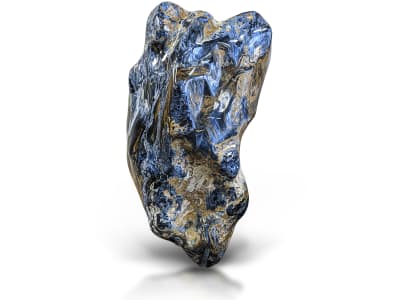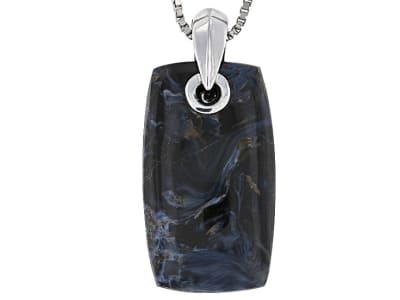In 1962 a well-known Namibian mineralogist, Sid Pieters, discovered this new mineral that subsequently bore his name. It occurred within dolostone cobbles that he found near Outjo in the Kunene region of Namibia. The material was probably formed by an initial process of chemical dissolution within the dolostone. Silica-rich fluids dissolved the original dolomite which was replaced by jasper and chalcedony formed with the influence of other minerals, typically silicified crocidolite, but also barite, hematite and pyrite creating a fragmented and chaotic, but spectacular variety of quartz. The alteration of the crocidolite occurs in a different manner to tiger’s-eye and hawks-eye but can display a similar chatoyant effect in scattered parts of a sample. A Chinese source of the material was found in Hunan province. Due to a far higher hematite content and the chatoyant effect is due to the silicification of the fibrous amphibole torendrikite rather than crocidolite.
General Information
Tolerance:very constant
LWUV: Inert
Pietersite Colors
-
 Blue
Blue -
 Brown
Brown -
 Gray
Gray -
 Multi-color
Multi-color -
 Red
Red -
 Yellow
Yellow
Countries of Origin
Unknown; China; Namibia; South Africa; Madagascar
Care
Normal care


